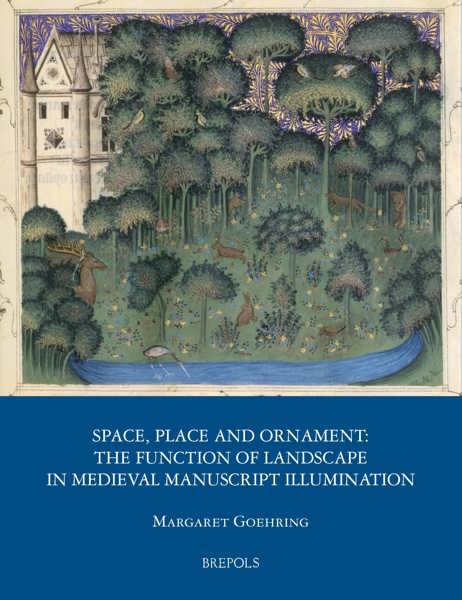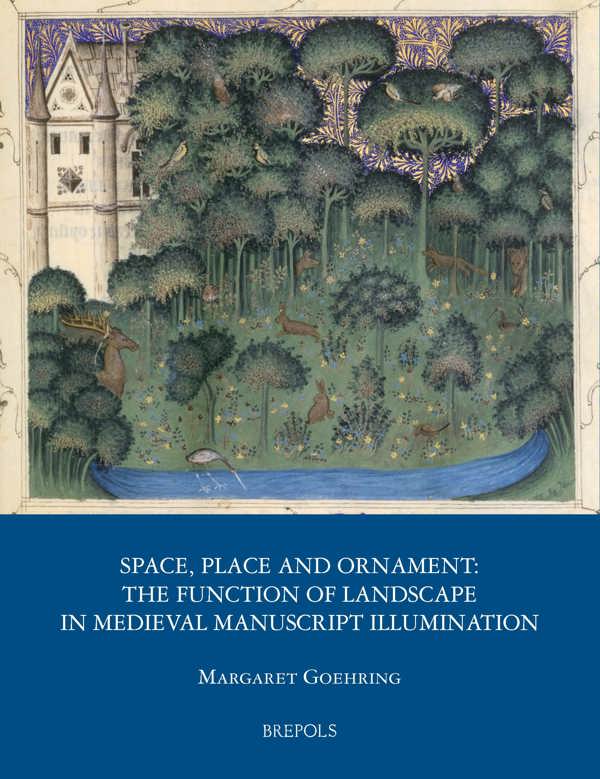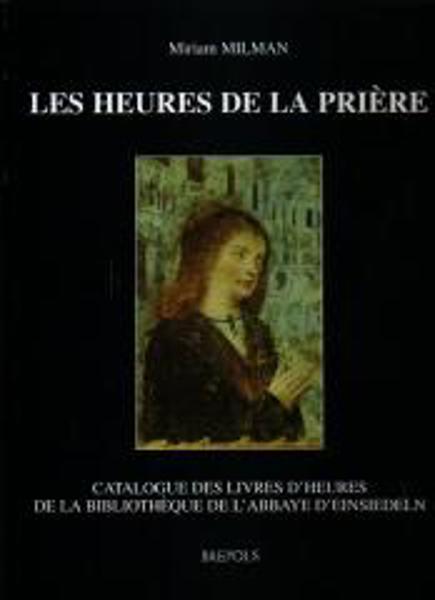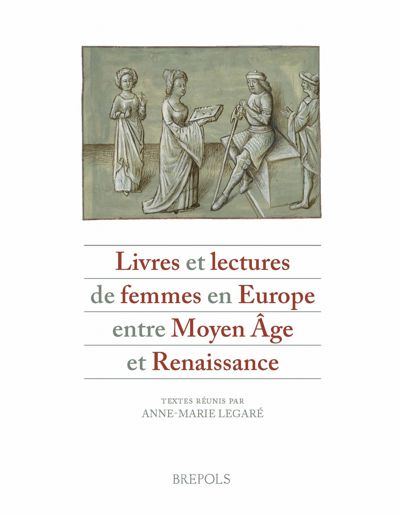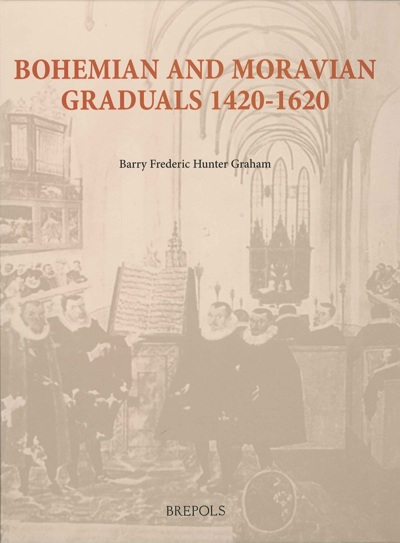
Space, Place and Ornament: the Function of Landscape in Medieval Manuscript Illumination
Margaret Goehring
- Pages: 214 p.
- Size:220 x 280 mm
- Illustrations:85 b/w, 16 col.
- Language(s):English
- Publication Year:2014
- € 125,00 EXCL. VAT RETAIL PRICE
- ISBN: 978-2-503-52977-6
- Hardback
- Available
The present volume analyzes the functions of landscape imagery within medieval Northern European manuscript illumination, and also takes into account the ideological and the economic milieus in which they were produced.
"Foisonnant d'exemples et de références variés" (Laure Rioust, in: Francia-Recensio 2015/4, Mittelalter - Moyen Âge (500-1500), http://www.perspectivia.net/publikationen/francia/francia-recensio/2015-4/ma/goehring_rioust)
"(...) her thorough research, and the coherently presented and convincing argument that will certainly encourage further research." (Justin Sturgeon, in: historians of netherlandish art, http://www.hnanews.org/hna/bookreview/current/15_Goehring0316.html)
This book proposes a new methodological framework for the study of medieval landscape imagery by analyzing the functions of landscape within Northern European manuscript illumination. This study explores landscape imagery within a broad range of specific manuscript contexts, taking into account the ideological and the economic milieus in which they were produced. Organized into four sections, this study looks at how landscape functions as rhetorical device, ornament, didactic tool (Space) and political tool (Place). The first section explores the rhetorical function of landscape as encomium and amplificatio. The second section looks at the role that landscape imagery had in the hierarchy of book decoration, and how it responded to late medieval mnemonic systems and devotional practices. It also addresses the emergence of landscape as a form of ornamental elaboration, sometimes as a means to appeal to specific aesthetic criteria, or as a way to create extra-textual associations to augment the message of the text. The third section is concerned with landscape within encyclopedic and allegorical manuscripts, analyzing how artists constructed space to frame knowledge. Finally, the visualization of the political and economic landscape of late medieval Europe is explored, particularly focusing on how landscape was structured around issues of status, power and identity not only in works created for the landed nobility but within manuscripts made for urban patrons as well. Concentrating on manuscripts from Paris, Northern France and Flanders from the late thirteenth to the early sixteenth centuries, this book offers new insights as it contextualizes the emergence of landscape painting in the late Middle Ages.
